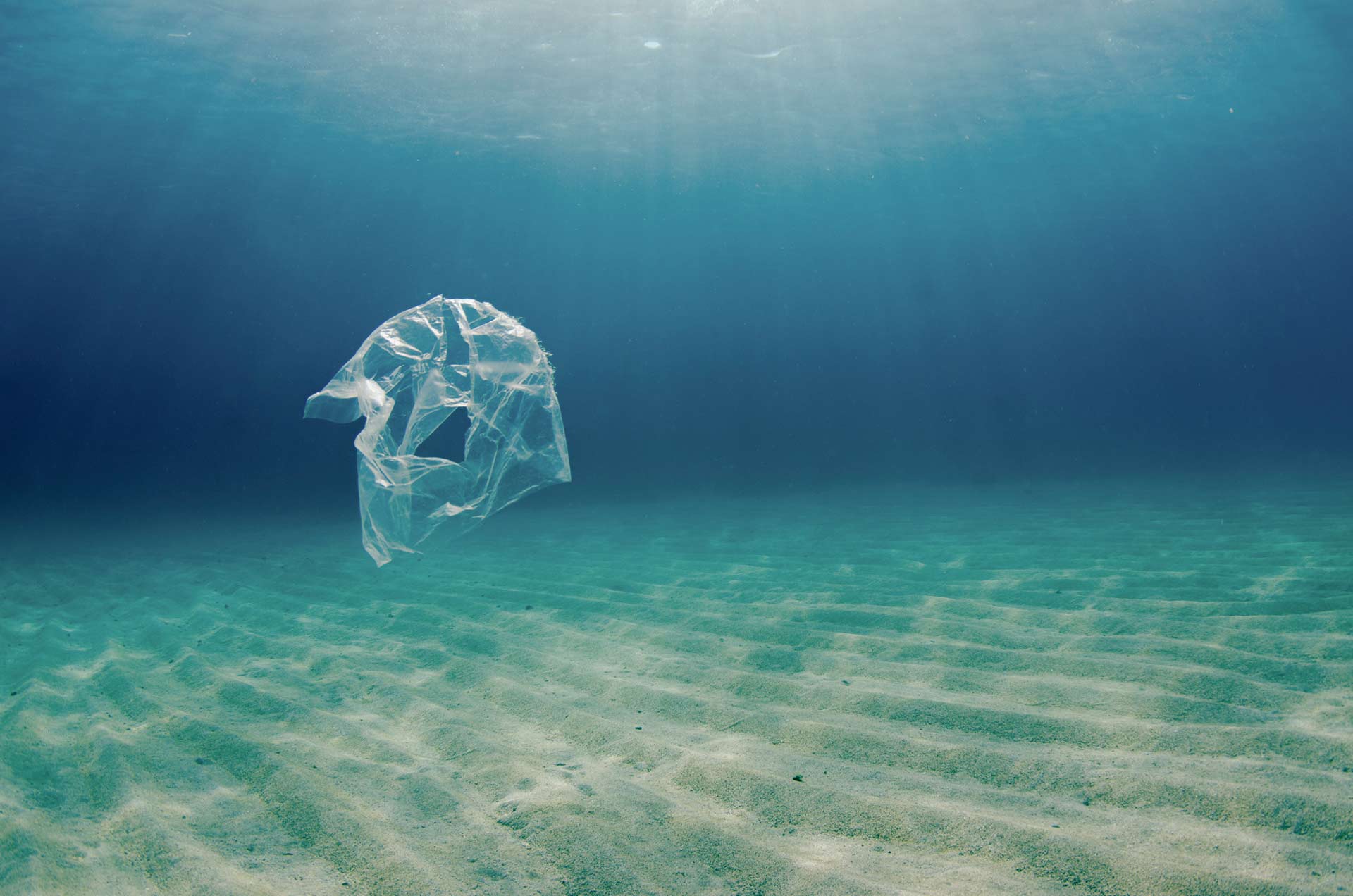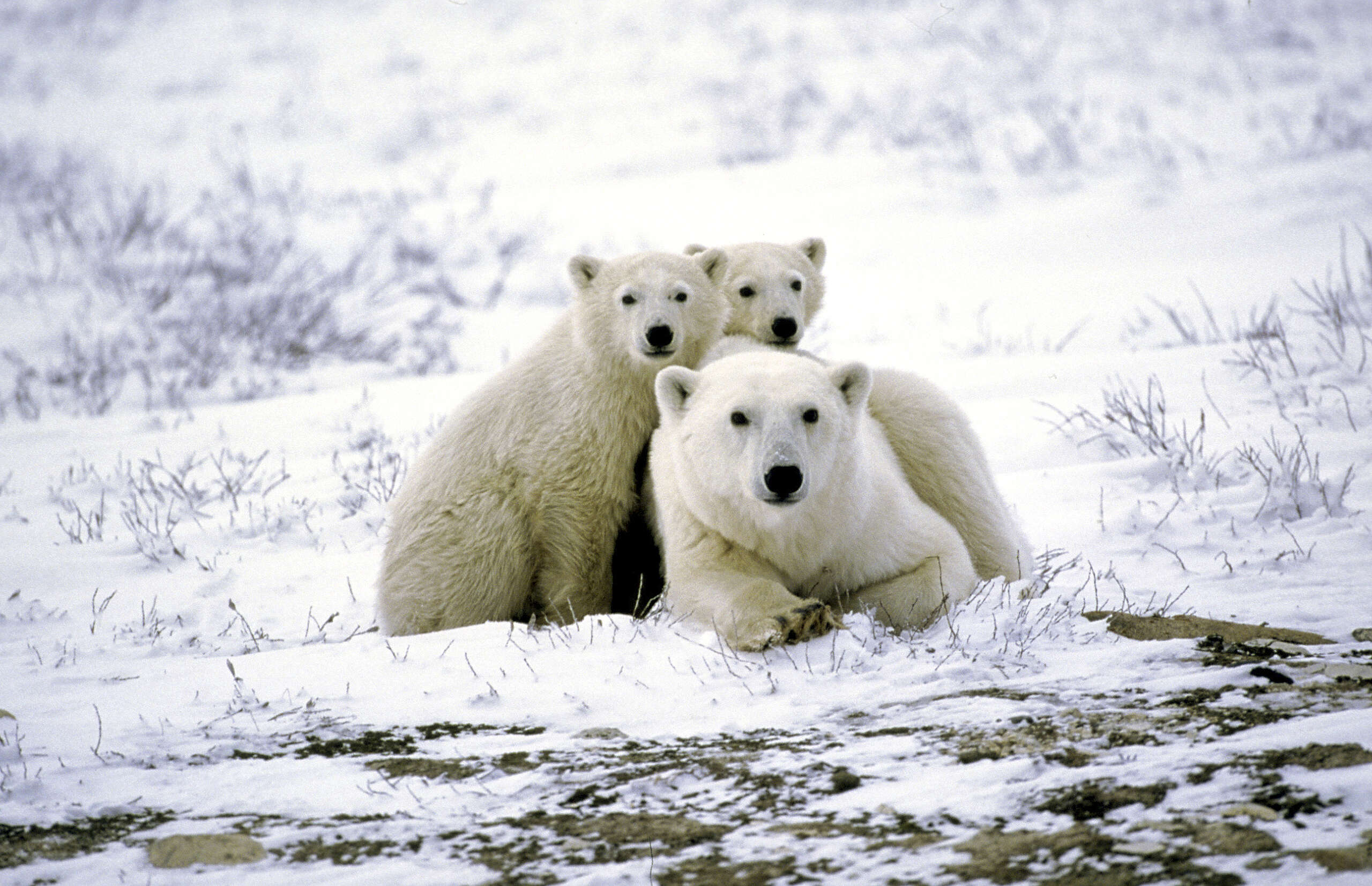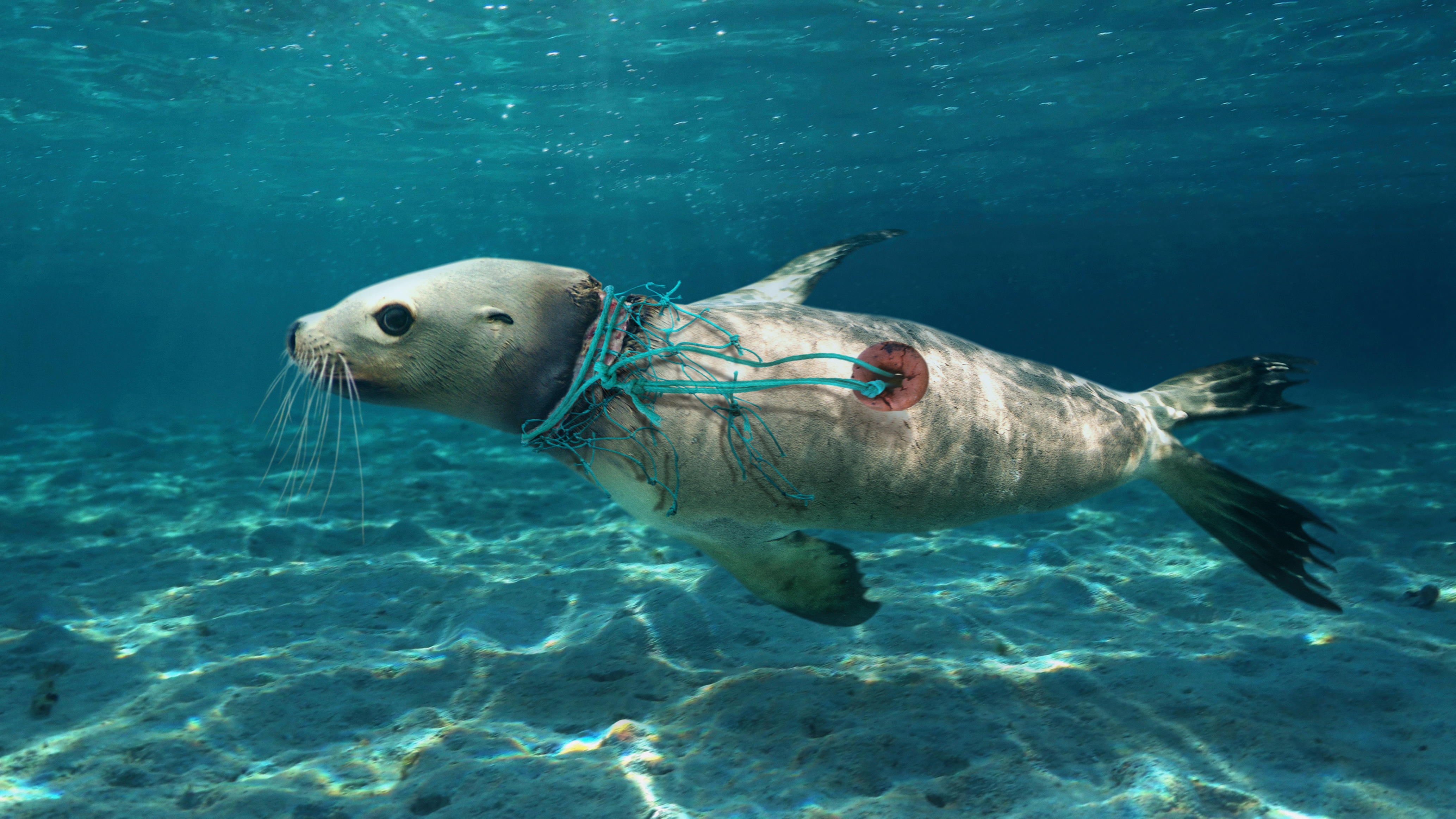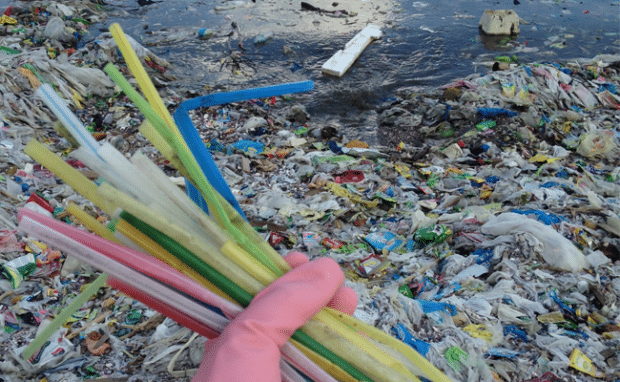Tackling plastic pollution
Plastic pollution is everywhere – on beaches and oceans, in drinking water and rain. Now, with microplastics, plastic is even inside our bodies.
We need to tackle plastic pollution. We need a Global Plastics Treaty.

Why is plastic such a big problem?
Over the last 70 years, 8.3 billion metric tonnes of plastic has been produced globally. That’s 400m tonnes of waste every year. A million plastic bottles every minute. And in Aotearoa, one billion bottles are sold every year.
Around half of the plastic produced is items that will be thrown away after a single use. Only 9% of all plastic products have ever been recycled, with the rest either incinerated or released into the environment.
Many countries, including New Zealand, export plastic waste to places like Malaysia and Thailand, where it becomes a problem for other people. A Greenpeace investigation documented instances where this plastic waste was being illegally dumped and incinerated.
What’s worse, the production of plastic is ever-increasing.
What is Greenpeace Aotearoa doing to stop plastic pollution?
Tackling plastic pollution is a priority for Greenpeace and our supporters – globally and here in Aotearoa.
● Together we got microbeads and plastic bags banned. Over the past 6 years, New Zealand has banned microbeads and some single-use plastic items – like shopping bags, produce bags and takeaway containers.
● We’re now calling for a ban on single-use plastic bottles. One billion single-use plastic bottles are sold in Aotearoa every year. Over 100,000 people have joined the call to ban the bottle.
● We’re pushing for a Global Plastics Treaty. This will help Governments to cooperate & regulate the production of plastic. A strong global treaty could cut plastic production by at least 75%.

Join the campaign
It is only through collective action that we can tackle the plastic problem. Use your voice, join us today.
-

PETITION: Demand a Global Plastics Treaty
Call on the NZ Government to stand firm and support a strong global plastics treaty.
-

PETITION: Ban Single-use Plastic Bottles
Call on the NZ Government to ban unnecessary single-use plastic bottles* in NZ, and to incentivise reusable and refillable alternatives.
-

Donate to Greenpeace
Take action for environmental protection. Please make a donation today. Greenpeace exists because this fragile earth deserves a voice. It needs solutions. It needs change. It needs action.
The 6 key problems of plastic pollution
The effects of plastic waste are widespread and deeply concerning. Find out more about the 6 key problems of plastic pollution.
What are the solutions to the plastic crisis?
The truth is, plastic hasn’t been here long. Plastic was invented after World War Two and it’s only in the last 20 years that global plastic production has doubled.
While this can feel overwhelming, it also means we can turn it around. And it’s not on shoppers to try and do it alone – we know that by acting together we can achieve a lot!
Together, we can push companies towards circular design for all products and packaging. We can support councils using more reuse & refill systems. We can back our Government to negotiate a global approach to regulating corporate plastic production.
Why recycling is not the answer
Only 9% of plastic ever created has been recycled.
The remaining 91% ends up in landfills, or shipped to countries like Malaysia. Some of it is burnt, releasing toxic chemicals. Some ends up in the oceans and forests. Some becomes microplastics.
Besides this, the process for recycling plastic reduces the quality of the plastic. Most products can only be recycled once or twice before they too become trash in landfills.
The reality is we need to shift from ‘throwaway’ mode towards choosing reuse instead. Together we can push companies to commit to a path towards circular design for all products and packaging.
Plastic questions answered
Most plastics are manufactured from chemicals derived from natural gas and petroleum. There are thousands of these chemical ingredients, used to make plastic products translucent, rigid, pliable, coloured, and so on.
These enable plastics to have many different uses such as packaging, electrical, or construction.
When plastic products break into tiny microplastics they become hazardous materials. They release chemical additives into natural systems, with a wide range of harmful risks.
For example, PFAS (Per- and Poly-Fluoroalkyl Substances) are a group of synthetic chemicals. They’ve been used in everyday household products for decades.
PFAS do not degrade easily, with some taking over 1,000 years to break down. This is how they get the name ‘forever chemicals’. A 2024 US report found most popular plastic sandwich bags contained toxic forever chemicals.
About a fifth of marine litter is made up of fishing gear and other materials lost at sea by accident, industrial losses, or illegal dumping. And we know that roughly 80% of litter in the seas comes from land from the world’s rivers.
More on plastic & the oceanBetween January 2018 and March 2021, New Zealand exported 98,000 tonnes of plastic waste offshore. More than 46,000 tonnes of this was shipped to Malaysia and Thailand.
Watch: The truth behind New Zealand’s plastic waste exports
Microplastics are tiny fragments of plastic that shed from larger bits of plastic. They’re small enough to be transported by wind, and often are too small to be filtered out by water treatment.
Estimates show trillions of microplastic particles are floating on the ocean’s surfaces soil Rivers etc? Such tiny pieces of plastic can be harmful when they enter ecosystems and they endanger human and animal health.
As animals consume microplastics, they inadvertently ingest these pollutants, which can disrupt their endocrine systems, cause reproductive issues, weaken immune systems, and potentially lead to long-term health problems.
Ever-increasing global plastics production means plastics pollution in Aotearoa is also always growing.
2021: a University of Waikato study revealed “extremely high levels” of microplastics around Bay of Plenty moana.
2022: Scientists at the University of Auckland calculated that wind and waves are helping send microplastics from the ocean to the atmosphere. They estimate it to be about the same as 3 million plastic bottles raining down on Aucklanders in one year.
2023: Researchers found that the level of microplastic pollution in lakes in NZ is as high as those in the US or Europe. This is despite a much lower population. They found microplastic pollution was highest in Lake Rotorua.
2024: A marine scientist found microplastics at all 10 sites she sampled in Lake Wanaka, far from our main population centres. They suggested one of the main sources could be the clothes worn by visitors.
Greenwashing is the misleading promotion by companies about the environmental benefits of their products or practices. Many companies take on the language of sustainability, which sounds good, while they carry on polluting.
For example Coca-Cola boasts of new refillable plastic bottles and new glass bottles. Yet at the same time it increases its production of single-use bottles by billions each year.
This is why stronger regulations and a global treaty is needed. For decades tobacco corporations ignored the health risks of their products. It’s an example that shows us that polluters will never change their profitable, polluting ways unless they are forced to.
It can be really hard to know when a company is greenwashing its brand. For example this statement by Coca-Cola acknowledges the plastic crisis and says its an important problem to tackle.
“Our sustainable packaging strategy aims to create systemic change through a circular economy for our packaging … We have a responsibility to help solve the global plastic waste crisis” – The Coca-Cola Company
In reality Coca-Cola has known reusable glass was the best packaging choice for the planet since the 1970s. Yet annually they increase their production of single use plastic, fueling the plastic and climate crises.
While it’s hard to know, these three questions will help as a guide:
Who is saying it?
Is profit their top objective?
And whatever they’re saying, what are they actually doing?

Support our work
Plastic pollution might feel overwhelming. But by working together, we can end the age of plastic. Support our work through a regular donation or a one-off gift.
-

Unbottling the truth: Coca Cola’s role in plastic pollution
Coca-Cola’s signature red bottles are becoming representative of environmental harm. The polluter sells more than 100 billion single-use plastic bottles each year with many ending up in landfill and the ocean.
-

Why Greenpeace is calling on governments to cut plastic production by at least 75% by 2040
The data is clear. Global plastic production doubled from 2000 to 2019, reaching 460 million tonnes (Mt) per year, and without action is anticipated to nearly triple by 2050.
-

Polar bears exposed to plastic pollution in their Arctic home
Polar bears – the distinguished ambassadors of the Arctic. The largest bear species in the world, polar bears embody the stunning resilience of nature, gracefully navigating the icy landscapes they call home. Already under threat from rising temperatures and melting ice caps, these magnificent creatures face a new and alarming threat – plastic pollution invading…
-

Why is waste to energy incineration a bad idea for Aotearoa?
The dirty truth about waste to energy incineration is that it just doesn’t stack up.
-

Ghost fishing gear is suffocating ocean life
What is ghost fishing gear? And why is it such a big problem for our oceans?
-

9 ways to reduce your plastic use
We’ve all seen the headlines about the huge environmental problems caused by single-use plastics. Governments and corporations have a responsibility to take action – but what can we do to cut down our personal plastic footprints? Here’s our 9 top tips: 1. Carry a reusable bottle Carrying a reusable bottle is a great way to…
-

Every single piece of plastic ever made still exists. Here’s the story
From the moment we wake up in the morning and brush our teeth, to when we watch TV at the end of the day, plastic is all around us. So much so that it can be hard to imagine leaving the supermarket without at least one item that isn’t in a plastic container.
-

Plastic pollution in some NZ lakes is comparable to northern hemisphere lakes in highly populated areas, global study finds
The level of microplastic pollution in New Zealand lakes is comparable with those in the US or Europe, despite much lower population densities, according to our global analysis of plastic pollution in freshwater lakes and reservoirs.
-

4 false solutions that won’t solve the plastic pollution crisis
Plastic pollution has managed to invade even the most remote areas of our environment and has also been reported in several tissues of the human body.
-

What it takes to participate in Global Plastics Treaty negotiations
I attended the UN Global Plastics Treaty meeting in November last year as part of the Greenpeace delegation. I was able to observe, for example, the interventions that governments made, including our own government and those of our neighbouring countries.
-

Plastic made me anxious during my pregnancy and here’s what I did about it
I never thought the issue of plastic pollution and my pregnancy would be spoken in the same sentence, and yet they are.
Test your knowledge!
How much do you know about the scale of plastic pollution? Test your knowledge with this quick quiz:
-

Fast fashion problems and 4 reasons it will never be green
Fast fashion brands flood the market with cheap, trendy clothing at an unsustainable rate, creating environmental and social harm. 🥵
-

How traditional practices and modern solutions can end Waste Colonialism?
Waste colonialism is a stark reminder of global inequality, where self proclaimed developed nations export their waste to the Global South.
-

Climate and public health the winners as big waste incineration proposal fails
Greenpeace welcomes news that a land-use agreement in Glenavy has lapsed and will not be renewed, which means a proposed $350 million waste to energy incinerator cannot be built there…
